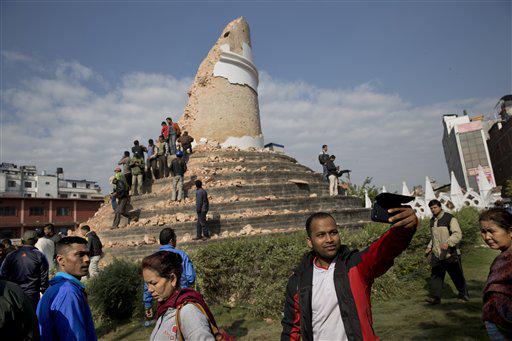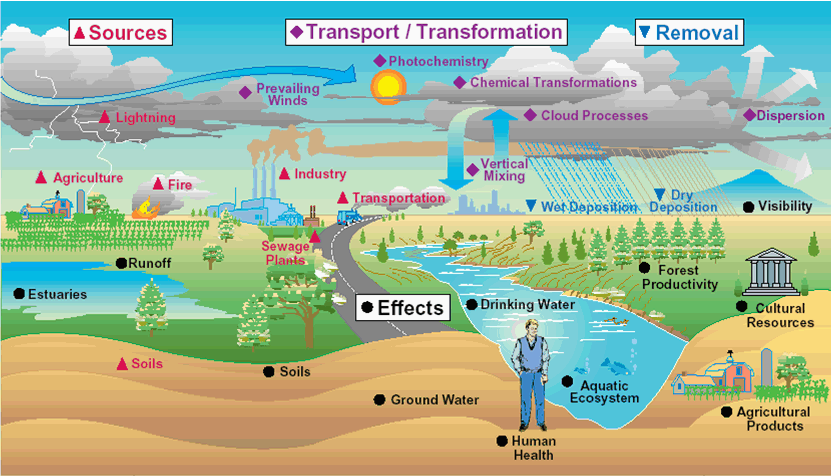SUPER HERO DAY

Super heroes date to the early 1900's They include such folkloric heroes as Robin Hood and Zorro, who adventured in distinctive clothing.

Super heroes date to the early 1900's They include such folkloric heroes as Robin Hood and Zorro, who adventured in distinctive clothing.
YOUNG BALTIMORE BLACKS CRASH AND BURN
State of emergency curfew declared as National Guard restores order, while local cops tactics are under scrutiny.
WAITING FOR HELP AFTER NEPAL EARTHQUAKE
International aid on the way to Kathmandu valley, while distribution of the food is expected to finally begin.
WILL FED BANK BOOST BENCHMARK?
Fed policymakers are hinting on hiking the Fed's benchmark rate for the first time since 2006.
SUPREME COURT CONSIDERS GAY MARRIAGE
Oral arguments over US Constitution giving same-sex couples the right to marry in all 50 states in the union.

Victims need shelter, fuel, food, medicine, power, volunteer workers. Nepal's earthquake-hit capital is short on everything as friends and family members search for lost loved ones, and sort through rubble for their belongings, but the international community must provide basic needs.
The United Nations is rushing critical supplies to Nepal in the wake of the devastating earthquake that has reportedly killed more than 3,000 people and injured thousands more on Saturday, and pledged that it ready to provide any assistance needed to help survivors through these difficult times.

Selfies are taken with a hand-held digital camera or camera phone. These so called selfies are often shared with friends, or on social sites. They are usually flattering and made to appear casual.
Selfies are in vogue, but perhaps these should be saved for happy moments like vacations, adventures or celebrity sightings.
NEPAL KILLER QUAKE
International rescue workers fear the Nepal quake casualty count could pass 3,700.
COLORADO THEATER SHOOTING TRIAL BEGINS
The trial of James Holmes, who killed 12 people inside a packed Batman movie premiere finally begins.
FREDDIE GRAY FUNERAL
Thousands attending services of a man who died in the custody of Baltimore police.
STARBUCKS SNAFU OVER CASH REGISTERS
Registers that once rang up bills and stored cash now collect volumes of data and carry out multiple tasks.
TSARNAEV'S LIFE LINE

Unfortunately 90 percent of news content is controlled by handful of media giants. This is one of the main reasons to diversify your information sources.
Journalists are complaining about this across the board at many online, print and broadcast outlets. Our news aggregate website, DOSE OF NEWS: www.doseofnews.com is finding too much bad news lately. Here is a sample.
Baltimore Freddie Gray protests turn violent as police and crowds clash http://gu.com/p/47p9y/stw
West, South Side shootings leave 1 dead, 5 wounded http://fw.to/ih4NLHR

Investigators from the Cardiovascular Epidemiology Research Unit at Beth Israel Deaconess Medical Center and the Harvard T.H. Chan School of Public Health have published their findings in the journal Stroke.
Exposure to elevated levels of air pollution was associated with smaller total cerebral brain volume, a marker of age-associated brain atrophy, and with higher odds of covert brain infarcts.
These scientific findings suggest that air pollution is associated with insidious effects on structural brain aging even in dementia- and stroke-free persons.
The U.S. Postal Service and Japan Post have jointly issued Gifts of Friendship Forever stamps today, celebrating the American issuance during the Cherry Blossom Festival in Washington, DC.
The stamps feature beautiful images of flowering dogwood and cherry trees and honor the enduring connection between two nations on the centennial of the gift of dogwood trees from the United States to Japan in 1915.

The annual White House Correspondents’ Association dinner was held last night. I recall attending this black tie event in years past, but this time I watched it online. This was a zoo atmosphere and the focus should be on journalism scholarships. Frankly, I preferred it when it was limited to politicians. journalists and media executives.
The night the news died http://po.st/lcOfVS via @phillydotcom
This Washington event has evolved into a Hollywood type party, where movie stars mingle with politicians and the president makes fun of both himself and his political opponents.

An 7.8 earthquake hits Nepal causing big damage to four countries, as the shaking earth collapsed houses, leveled centuries-old temples and triggered avalanches in the Himalayas. The quake effects killed people in India, six in Tibet and in Bangladesh
This is reportedly the worst temblor centered in the poor South Asian nation in over 80 years.
Nepal earthquake death toll more than 600, officials say http://f24.my/1I8bisD via @FRANCE24
Homes and offices collapse as massive earthquake rocks Nepal http://dailym.ai/1PzbLGA via @MailOnline